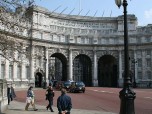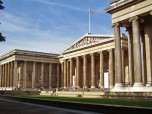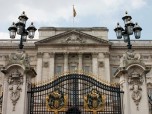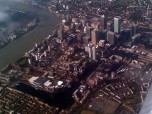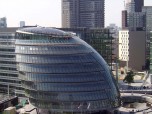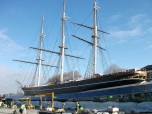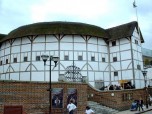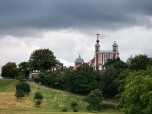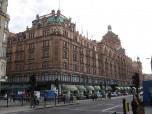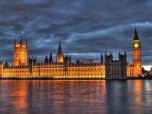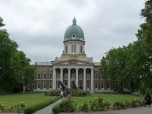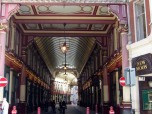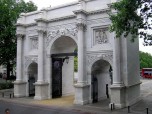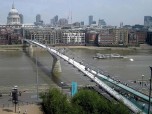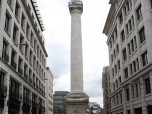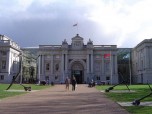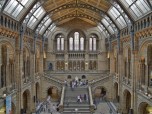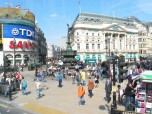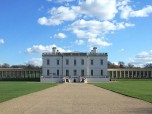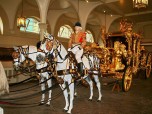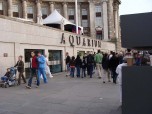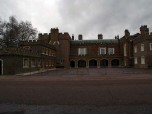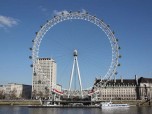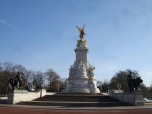Canary Wharf is situated in Tower Hamlets, within the boundaries of London and it is known for being a major business and financial district. It is one of two major financial districts in London. Canary Wharf contains many tall buildings including One Canada Square which is officially the second tallest building in the United Kingdom. At Canary Wharf you will find around 14 million square feet of retail and office space.
The Wharf is the home of the headquarters of many European financial institutions and there are about 90,000 people employed within the area. The headquarters of Barclays, Morgan Stanley and Thomas Reuters can all be found at Canary Wharf. The site where the Wharf stands was once the busiest shipping port on the globe, the West India Docks. The original docks on the area, “the Isle Dogs,” where Canary Wharf now stands, were closed in 1980. This gave way to a huge redevelopment of the whole area. The Isle was granted status as an enterprise zone in 1983, and the major construction works for office buildings began in 1988.
History of the Wharf
The area where Canary Wharf is found today used to be one of the largest and busiest shipping docks worldwide, dating as far back as 1802. However, the docks began to decline as early on as the 1950’s, this leading to their closure in 1980. Canary wharf took its name from the 32nd berth situated at West wood Quay on the import dock. The original berth had been built in 1936 and it was used for the import of fruits from both the Mediterranean and the Canary Islands.
Canary Wharf, as it is seen today, began with the idea of the former chairman of the CSFB bank, Michael von Clemm, who wanted to convert the area to an office. This lead to further discussions and the proposal of a completely new business district for London. The construction was planned by Merrill and Skidmore Owings and later on by Koetter Kim. First buildings to be completed included the famous One Canada Square and this came about in 1991. Canada Square symbolizes the regeneration of the area of Docklands London. By the time of opening, however, the property market for commercial premises had all but collapsed and the developers put in for bankrupcy.
Opposition and Financial Rescue
In the outset there was much opposition amongst locals concerning the development, the local people had believed that there would be no benefit to the local community through the development. However, the opposition died down as the development progressed, relations between the Wharf and the locals grew, and in all 7,000 local residents from Tower Hamlets found employment in the new financial area.
Financial rescue for Canary wharf came about in 1995 when an international consortium that was backed by the former owners bought the scheme. The purchasing company later changing its name to Canary Wharf Group. The Wharf was then taken over again in 2004 by a group led by Morgan Stanley.


